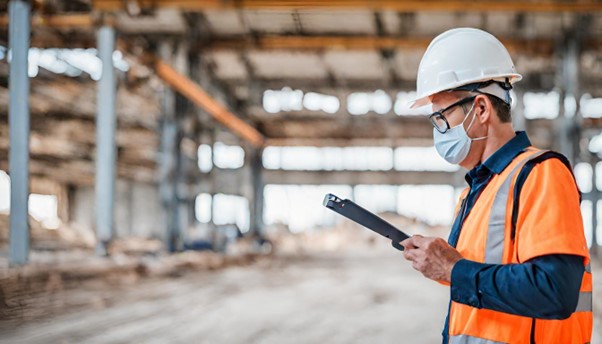AI image generators use machine learning to generate new images, based on massive databases of existing images, often sourced from the internet.
When prompted to generate images of health and safety professionals, the results were distinctly lacking in diversity, which suggests a serious bias in how health and safety professionals are represented online. In contrast, when prompted to generate images of other professions such as HR and marketing professionals, AI consistently represents them as women.
If left unchecked, such stereotyping could deter women from lucrative health and safety careers, warns health and safety training experts RRC International, and will worsen the already severe shortage of health and safety professionals in the UK.
On top of the skills shortage, UK health and safety is also suffering from a lack of diversity, with only 21 per cent of health and safety professionals in the UK being women, according to the British Safety Council. Things are slowly changing, at Leeds Beckett University, for example, there is a 60/40 split of women to men studying Health and Safety at postgraduate level, but the level of progress is slow. RRC International, who prompted the AI generated images, believe that the bias revealed by these AI images could be the reason why.
Vicky Campbell, Director of Compliance at RRC International, says, “AI output is only as good as the human input it’s fed, so it’s like a mirror. Health and safety is often perceived as being pale, male and stale. These AI-generated images substantiate that and potentially give us some insight as to why; it’s clear that the industry is representing these roles in such a manner for the AI to fail to generate a single image of a woman, a young person, or a person of colour. This output is reflecting a tired and enduring stereotype back at us.
“RRC delivers Health & Safety training worldwide, so we know for a fact that diversity of experience is absolutely critical to a well-rounded health and safety provision. An immediate issue that springs to mind with a lack of women in health and safety is the fact that women’s health needs are very different to men’s; if we want to better understand and provide for those differences, we need more women in these roles. Ultimately, if we want to encourage diversity in health and safety, we need to show it and celebrate it.”









